When it comes to vegetables, the common belief is that raw is always better. However, there are surprising exceptions where cooking not only enhances their flavors but also boosts their nutritional profiles.
This blog post delves into the wonderful world of 20 vegetables that become nutritional powerhouses once cooked.
Embrace the warmth of your kitchen as you discover how heat transforms these everyday greens into health-boosting delights. Whether it’s the deepening of antioxidants, the release of essential vitamins, or the eradication of natural toxins, each vegetable has its unique story to tell.
From common kitchen staples to exotic greens, learn why cooking is not just about taste but also about maximizing health benefits.
1. Tomatoes
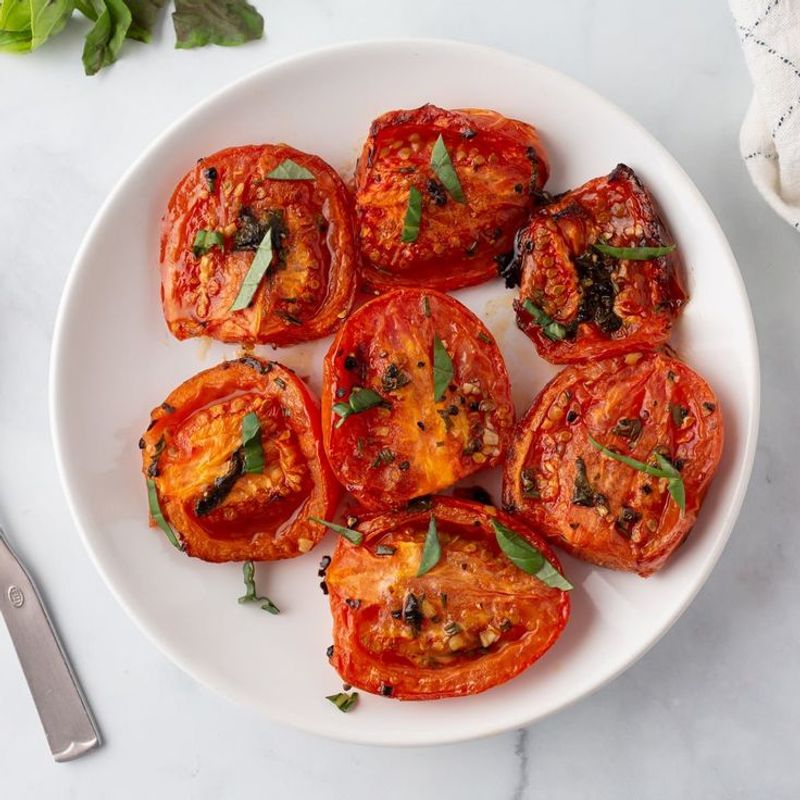
That juicy tomato slice on your sandwich is nice, but it’s got nothing on a roasted tomato dripping with concentrated sweetness and antioxidants. Cooking these ruby red fruits (yes, technically fruits!) amps up their lycopene levels—a powerful antioxidant linked to heart health and cancer prevention.
Roasting, simmering, or sautéing tomatoes not only makes them taste richer and more intense but also makes them more bioavailable, meaning your body can actually use those nutrients better.
And let’s be real: tomato soup, marinara sauce, or a warm Caprese bake sounds way more comforting than a cold salad, especially on a chilly day. Next time someone tells you raw veggies are always best, hand them a spoonful of slow-simmered tomato sauce. Case closed.
2. Spinach
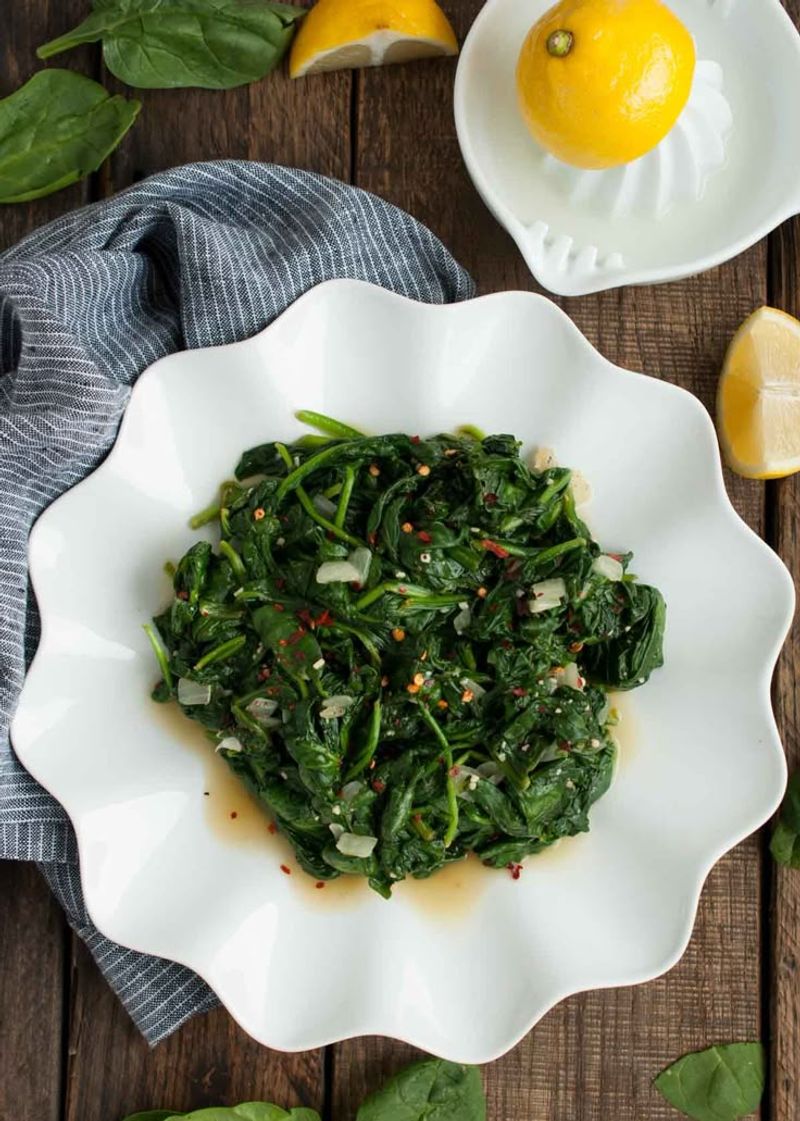
Let’s talk about spinach: the leafy green that shrinks like crazy in a hot pan and still manages to pack a powerful punch. You might think fresh spinach in your smoothie is doing all the work, but cooked spinach is the real MVP when it comes to minerals.
Raw spinach is loaded with oxalates, which bind to calcium and iron, making it harder for your body to absorb them. But give it a little steam or sauté, and those pesky compounds are broken down, leaving behind iron, calcium, and magnesium in forms your body can actually use.
Bonus? You can eat way more of it cooked—because it wilts down into a fraction of its size. That means more greens per bite, and more nutrients too. Popeye knew what he was doing.
3. Carrots
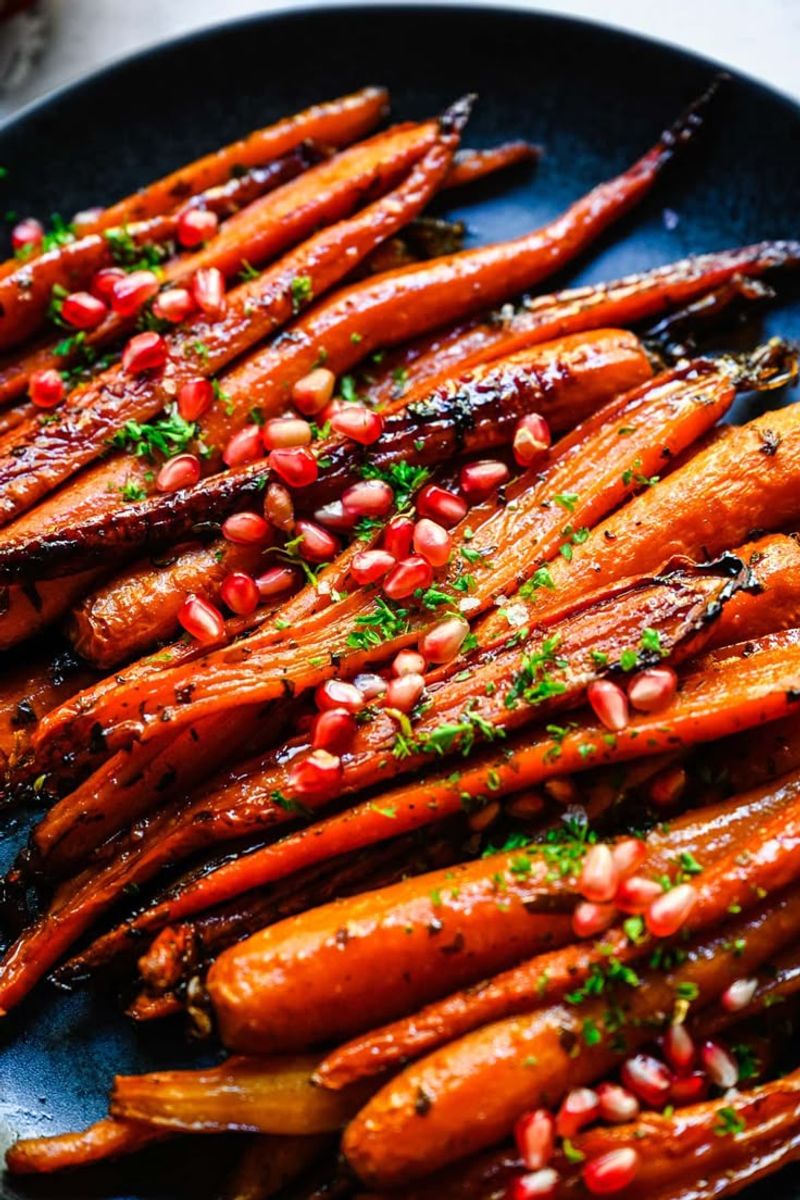
Crunchy and sweet, raw carrots make a great snack, but if you want to unlock their superpower, try tossing them in the oven. Heat transforms the beta-carotene in carrots into a form your body loves, making it easier to convert into vitamin A for healthy skin, eyes, and immune function.
Roasted carrots caramelize into something magical—soft, sweet, and a little savory. You can also steam or lightly sauté them for a more subtle flavor shift while still gaining the benefits.
It’s kind of wild to think that this humble root actually becomes more nutritious after a little heat treatment. Plus, they pair beautifully with herbs, honey, and spices. Boring raw carrot sticks? Out. Roasted cumin-glazed carrots? In.
4. Asparagus
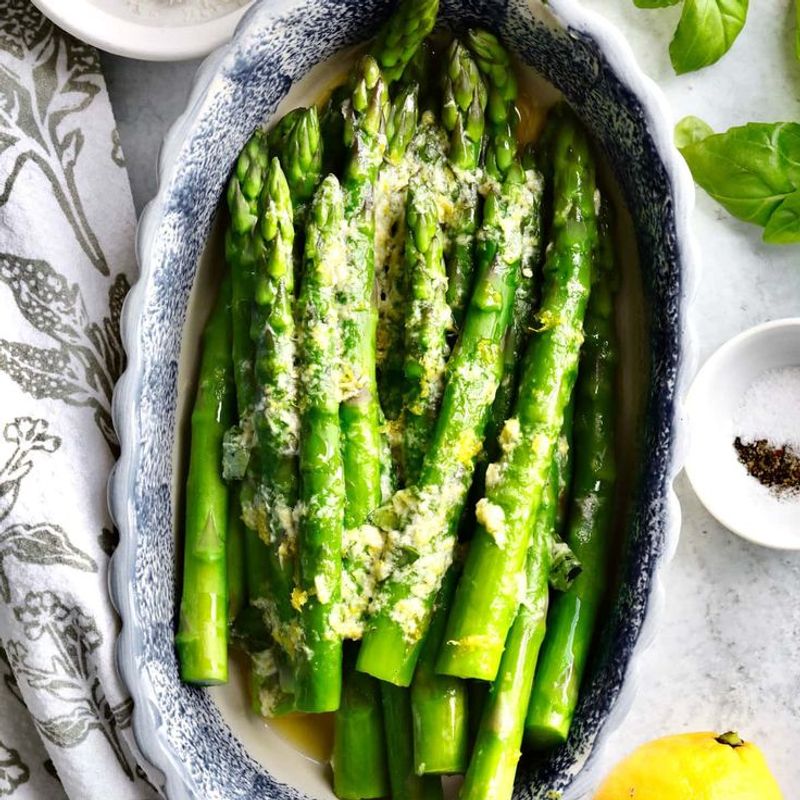
Sure, raw asparagus might make a chic appearance in fancy shaved salads, but honestly, it’s kind of a chew-fest. Give it some time on the stove or under the broiler, and asparagus suddenly turns into this tender, flavorful spear of green goodness.
Cooking helps break down its tough fibers and enhances its antioxidant levels, especially compounds like ferulic acid that fight inflammation. Plus, steaming or roasting helps your body absorb vitamins A, C, and E more efficiently.
Lightly seasoned with olive oil, salt, and a squeeze of lemon? It becomes a side dish you’ll keep going back to. Bonus points if you char it a little—it adds a smoky depth that raw just can’t compete with.
5. Mushrooms
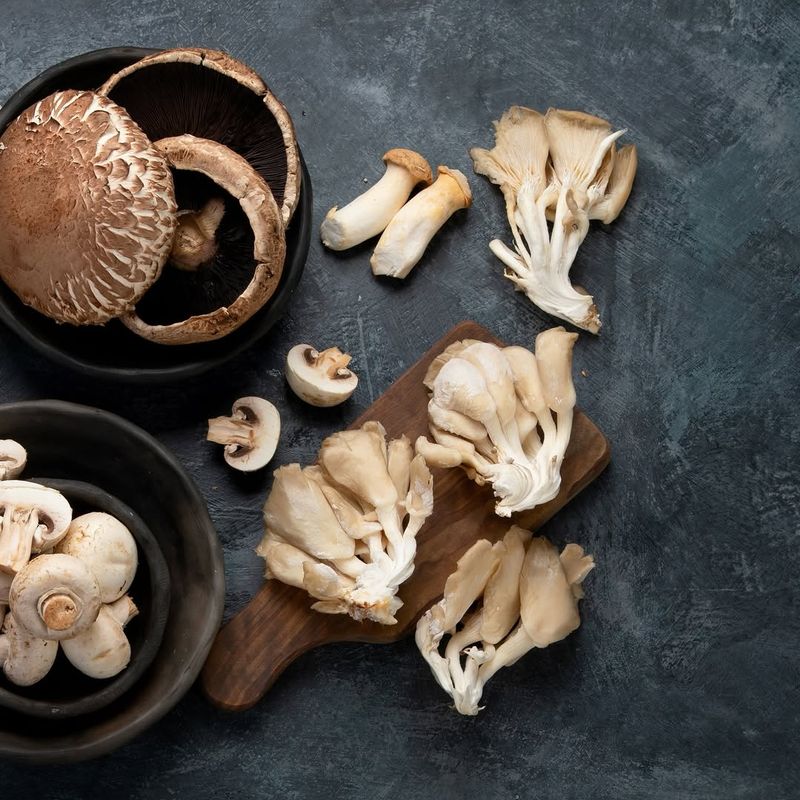
If you’ve ever bitten into a raw mushroom slice and thought, “meh,” you’re not alone. Cooking mushrooms is like flipping a switch—they go from bland to umami bombs.
Heat unlocks their rich, earthy flavor and also boosts levels of antioxidants like ergothioneine, which helps protect your cells from oxidative stress. Plus, cooking gets rid of some naturally occurring compounds that can be tough on digestion when eaten raw.
Sautéed mushrooms become buttery and savory, making them perfect in pastas, on toast, or straight out of the pan with a little garlic. Raw mushrooms might add crunch, but cooked ones bring depth and drama.
6. Kale
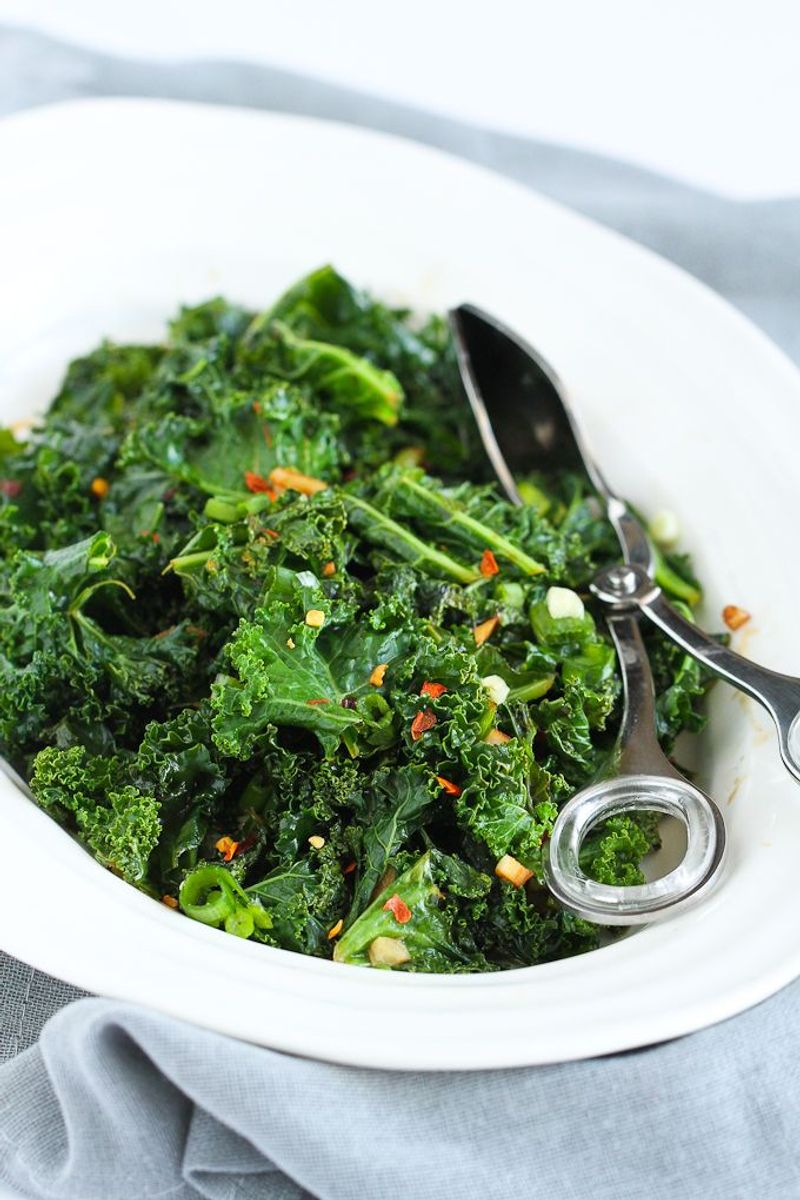
Raw kale has a rep for being a superfood, but let’s be honest—it can also feel like chewing a bitter green shoe. When you cook it? That’s when the real magic happens.
Not only does the bitterness mellow out, but the heat also deactivates goitrogens—compounds that can interfere with thyroid function—and reduces oxalates, which means your body absorbs more calcium and iron.
Braised, sautéed, or tossed into a hearty soup, kale softens into something surprisingly cozy and nutrient-dense. Add a little garlic and lemon, and suddenly this tough green becomes comfort food with benefits. No jaw workout required.
7. Bell Peppers
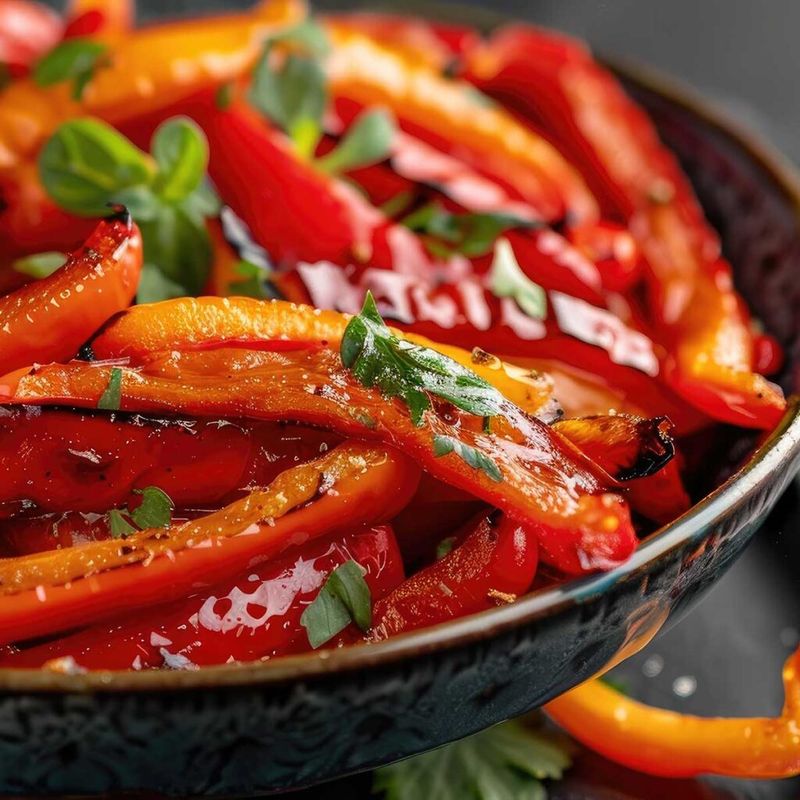
They’re colorful, crunchy, and packed with vitamin C—at least until you crank up the heat. But don’t worry! While some vitamin C is lost in cooking, other good stuff like carotenoids become more available when bell peppers are sautéed, grilled, or roasted.
That means better absorption of nutrients like beta-carotene, lutein, and zeaxanthin—great for your eyes and skin. Roasting brings out their natural sweetness and turns the texture from crisp to melt-in-your-mouth tender.
Ever tried charred red pepper strips in a wrap or over pasta? Life-changing. Raw peppers have their place in dips, but cooked peppers? That’s where the flavor party really kicks off.
8. Zucchini

If raw zucchini feels like chewing on water disguised as a vegetable, you’re not alone. But when you sauté, grill, or roast it? Whole new ball game.
Cooking zucchini concentrates its mild flavors and boosts its antioxidant levels, especially lutein and zeaxanthin, which are awesome for eye health. Plus, cooking neutralizes compounds that can make it taste slightly bitter when raw.
A good sear can turn zucchini into a soft, slightly sweet, golden side dish. It soaks up garlic, herbs, and olive oil like a sponge. And let’s not forget zucchini noodles—lightly cooked, they’re a satisfying alternative to pasta that won’t fall apart on your fork.
9. Broccoli
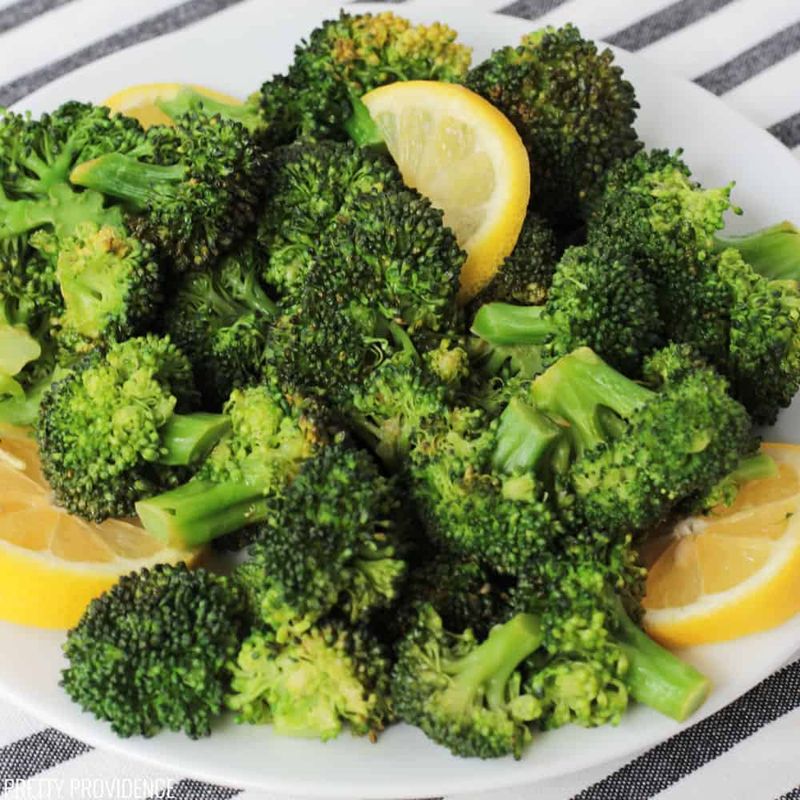
Raw broccoli in a salad? Crunchy, yes. Tasty? Questionable. But steam it, roast it, or stir-fry it, and it suddenly blooms with flavor and nutrition.
Light cooking helps unlock sulforaphane, a compound linked to cancer prevention and detoxification. Plus, it softens the fibers just enough to make digestion a lot more comfortable, especially for sensitive tummies.
Steamed broccoli with a squeeze of lemon is a classic, but roasted florets with crispy edges and a sprinkle of parmesan? Absolute game-changer. You’ll never go back to the raw crudité tray again—trust.
10. Brussels Sprouts
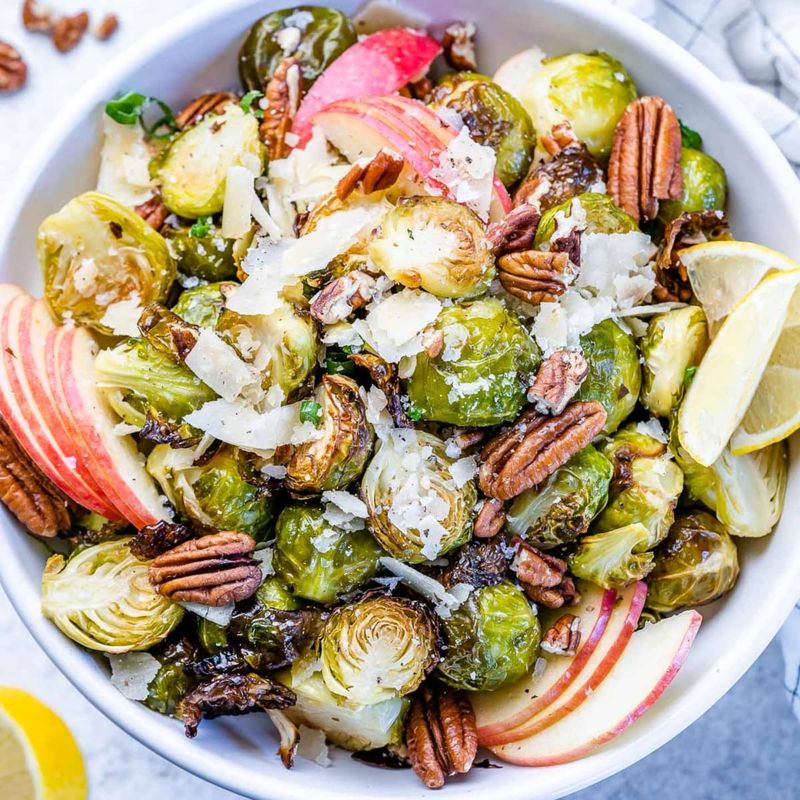
These mini cabbages have come a long way from the overboiled nightmares of our childhoods. And thankfully, when cooked properly—roasted, sautéed, or even air-fried—Brussels sprouts are nothing short of addictive.
Cooking helps reduce their bitterness by breaking down glucosinolates, and it enhances their vitamin K, folate, and antioxidant content. Bonus: it also gets rid of some of that sulfur-y intensity.
Roasted until they’re crispy on the outside and tender on the inside, these guys become savory little flavor bombs. Add a drizzle of balsamic glaze or a sprinkle of bacon, and even your pickiest friend will ask for seconds.
11. Collard Greens
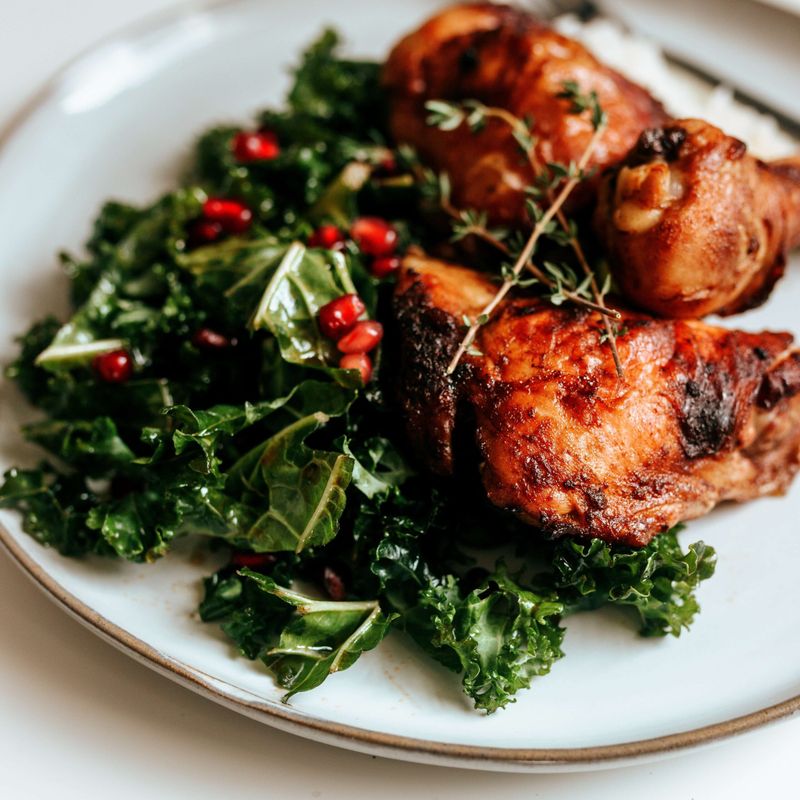
You might associate collard greens with slow-cooked Southern comfort food—and for good reason. This tough leafy green needs a little time in the heat to truly shine.
Cooking breaks down its dense texture and reduces oxalates, letting your body soak up all that iron and calcium without interference. It also mellows out the bitterness, making it more palatable and satisfying.
Simmer them with a bit of broth, garlic, and a touch of apple cider vinegar, and they transform into something warm, nourishing, and packed with soul. Sometimes tradition knows best.
12. Sweet Potatoes

You wouldn’t bite into a raw sweet potato like an apple, right? Well, even if you could, you’d be missing out on the warm, caramelized magic that happens when this starchy root hits the oven.
Cooking dramatically boosts the bioavailability of beta-carotene, a precursor to vitamin A that’s key for immune function and skin health. Plus, baking sweet potatoes brings out their natural sugars and turns them into melt-in-your-mouth perfection.
Whether you mash them, roast them, or turn them into fries, you’re getting more nutrition and more flavor. It’s the rare case where “healthy” and “delicious” are actually best friends.
13. Swiss Chard
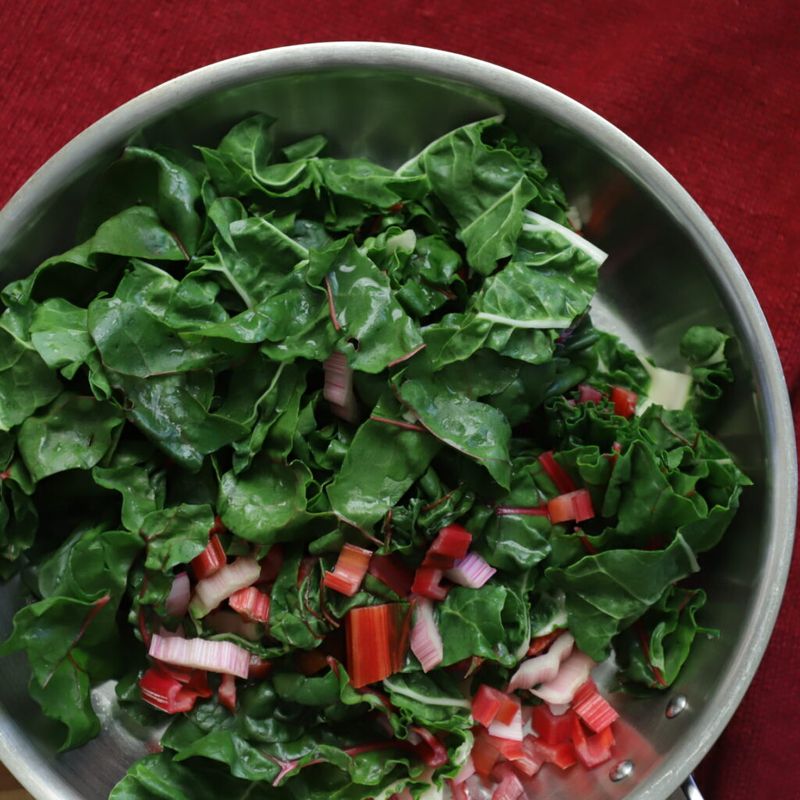
This rainbow-hued leafy green might look like a salad superstar, but its real superpowers come out when it’s sautéed. Why? Because cooking knocks down oxalic acid, a compound that blocks your body from absorbing calcium and magnesium.
That means once you’ve wilted Swiss chard with a little olive oil and garlic, it’s not only tastier—it’s way more nutritious. The leaves soften, the bitterness fades, and the stems get tender and juicy.
It’s like spinach’s fancier cousin that brings both color and nutrients to your plate. Cook it once, and you’ll be hooked on this underrated green.
14. Pumpkin
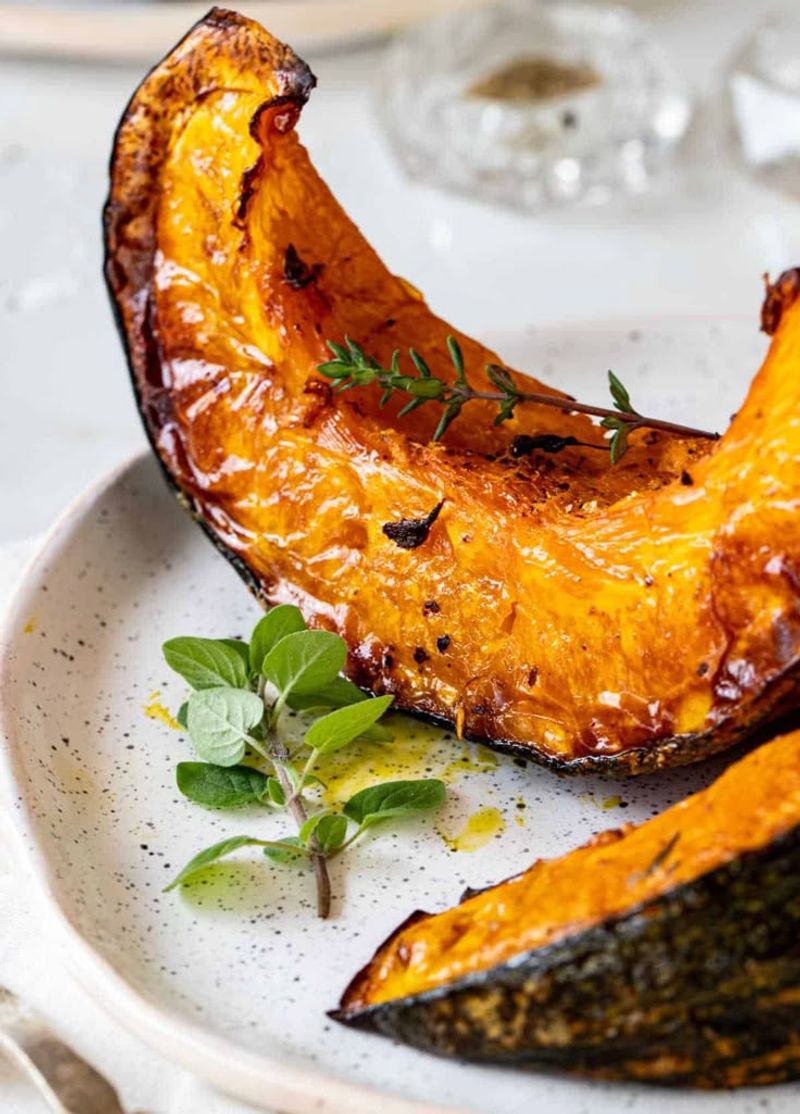
We all know pumpkin has its season (hello, fall!), but nutritionally, it deserves attention all year round—especially when it’s cooked. While raw pumpkin is technically edible, it’s stringy, bland, and a chore to chew.
Roasting or steaming transforms it into a smooth, sweet powerhouse loaded with beta-carotene, which your body converts into vitamin A. Cooking also enhances antioxidant availability and makes it easier for your body to absorb the nutrients.
Once soft, it’s a blank canvas for sweet or savory dishes—think soups, stews, or even pumpkin hummus. It’s cozy, comforting, and secretly doing your immune system a huge favor.
15. Cauliflower
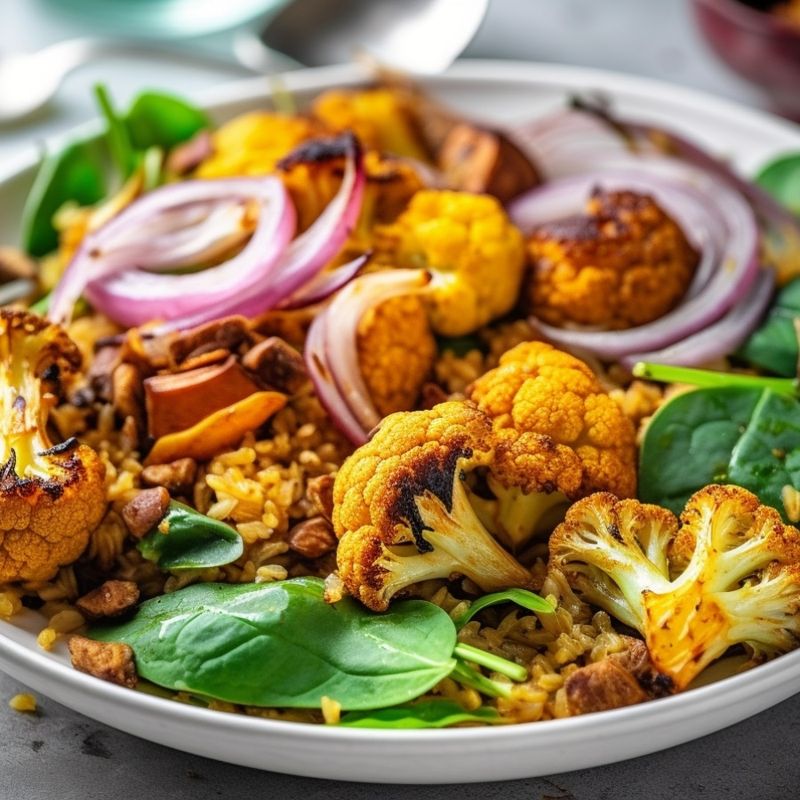
Cauliflower has had its moment as a pizza crust, a rice substitute, and even a wing impersonator. But the real reason it deserves your attention? It gets healthier and tastier when you cook it.
Heating boosts the availability of compounds like indoles and sulforaphane, both known for their cancer-fighting potential. And let’s be honest—raw cauliflower can taste like crunchy air. Roasted, however? It’s nutty, toasty, and delicious.
Whether you’re tossing it with spices, blending it into a mash, or turning it into a curry, cooked cauliflower proves it can wear many hats—none of which involve being boring.
16. Green Beans

Snap, crackle, raw green beans? Not the most inspiring snack. But throw them in a steamer or sauté pan, and they transform into tender, vibrant little sticks of goodness.
Cooking green beans helps increase antioxidant content, particularly lutein and zeaxanthin, which are great for your eyes. It also softens the fibers, making them easier to digest—and way more enjoyable to eat.
Toss them with a bit of garlic, lemon, or even a splash of soy sauce, and they go from side dish to scene-stealer. No holiday casserole needed—though we won’t say no to that either.
17. Leeks

Raw leeks are like that friend who’s just a little too intense until they warm up. Once cooked, their aggressive bite mellows into a sweet, oniony, silky vegetable that adds depth to everything it touches.
They’re also packed with allicin, a sulfur compound linked to heart health. Cooking leeks makes them easier on the stomach and enhances the bioavailability of those protective compounds.
Toss them into soups, bake them into tarts, or caramelize them for pasta. Whatever you do, don’t sleep on leeks—they’re like onions with a PhD in subtlety and charm.
18. Cabbage

If raw cabbage makes you feel like a human lawn mower, try tossing it into a pan and letting it soften up. Cooking cabbage not only mellows its flavor but also boosts its antioxidant power.
Lightly sautéed or braised cabbage releases glucosinolates—compounds that help detoxify the body and may lower cancer risk. Plus, cooking eliminates the gassy side effects that some people get from eating it raw. Win-win.
Add some vinegar, mustard, or a bit of spice, and you’ve got a dish that’s comforting, healthy, and surprisingly crave-worthy. Sorry coleslaw, but your warm cousin just stole the spotlight.
19. Beets
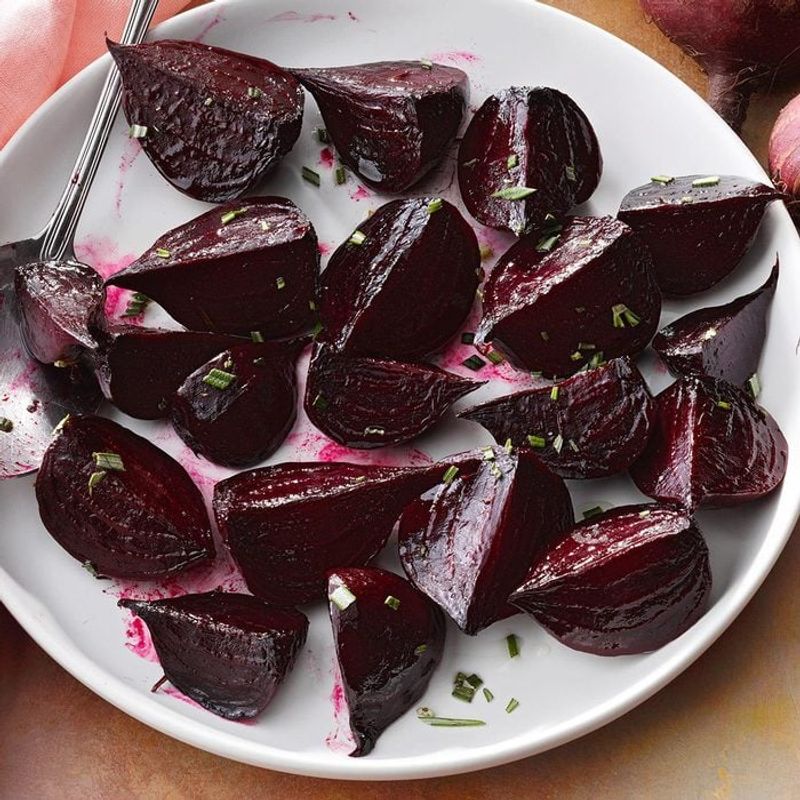
Raw beets are earthy, crunchy, and a bit of an acquired taste. But roast or boil them, and they turn sweet, tender, and deeply satisfying—like nature’s candy, but better for your blood pressure.
Cooking beets enhances the bioavailability of nitrates, which your body converts into nitric oxide—a compound that supports heart health and blood flow. They also become easier to digest and much more versatile in the kitchen.
Toss them in salads, blend them into soups, or serve them with goat cheese and walnuts. They go from “meh” to “whoa” with just a little heat.
20. Celery
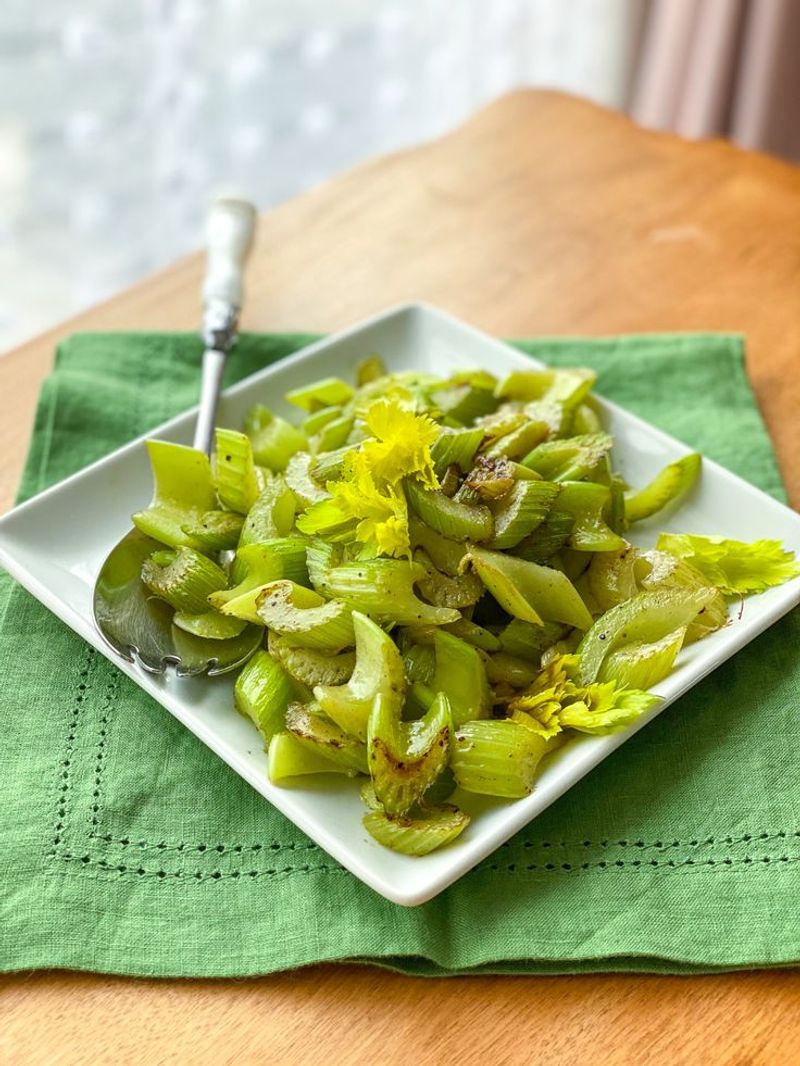
It’s not just for peanut butter and ants-on-a-log. While most people know celery as a raw snack or a broth base, it becomes a whole new vegetable when you cook it.
Heat softens its tough fibers and brings out subtle sweetness, while boosting its antioxidant activity. Plus, cooked celery is much gentler on the digestive system, especially for people with sensitive guts.
Throw it into soups, stir-fries, or braises, and it blends in beautifully—adding a quiet depth that raw celery could only dream of. It’s like the backup singer that secretly carries the whole show.
Leave a comment